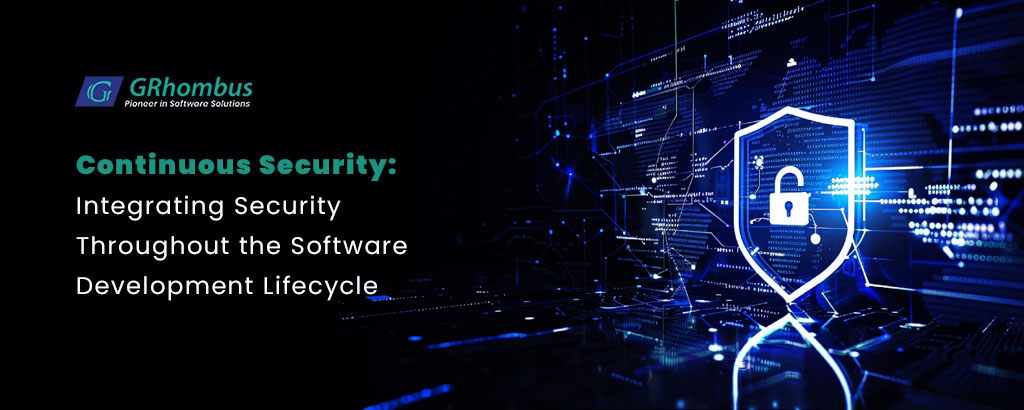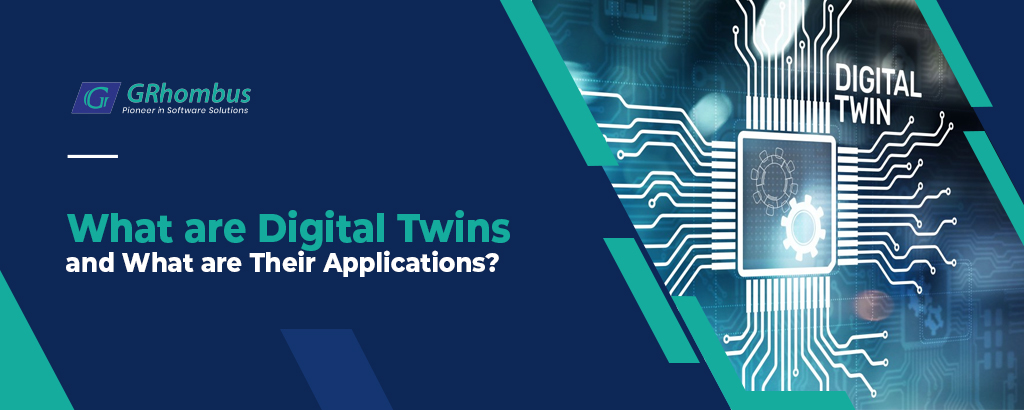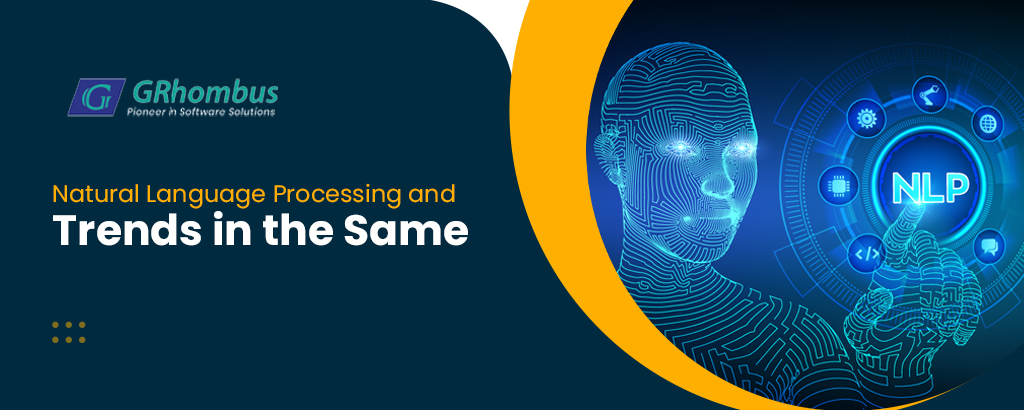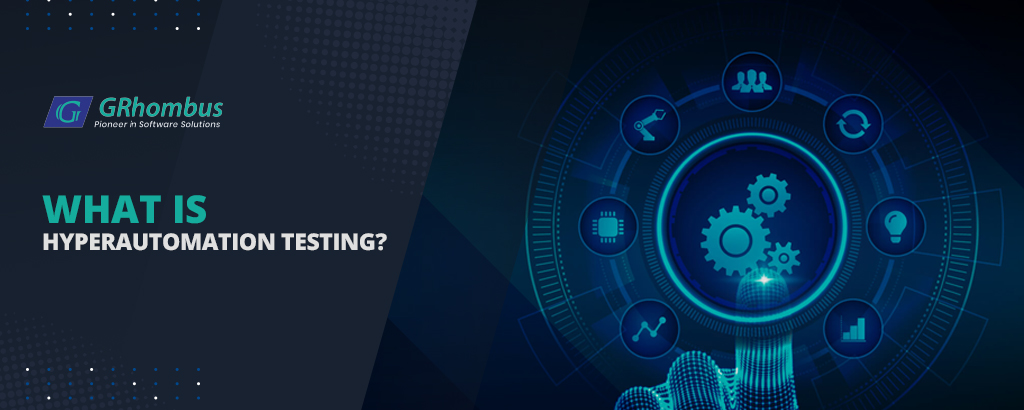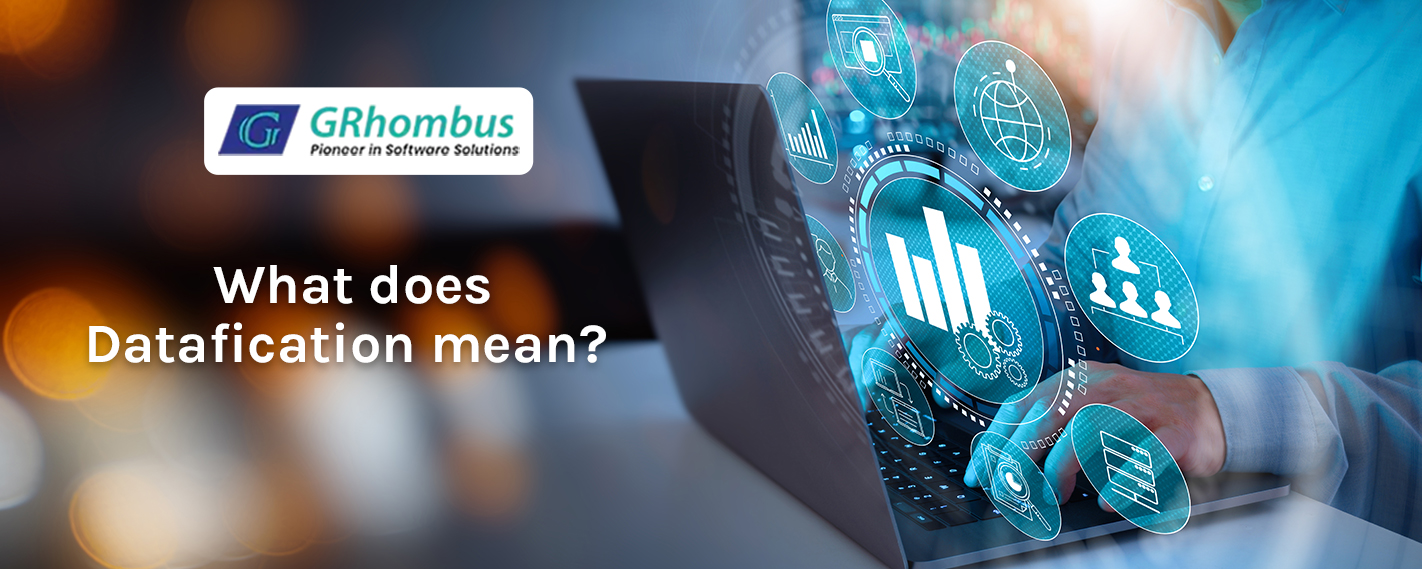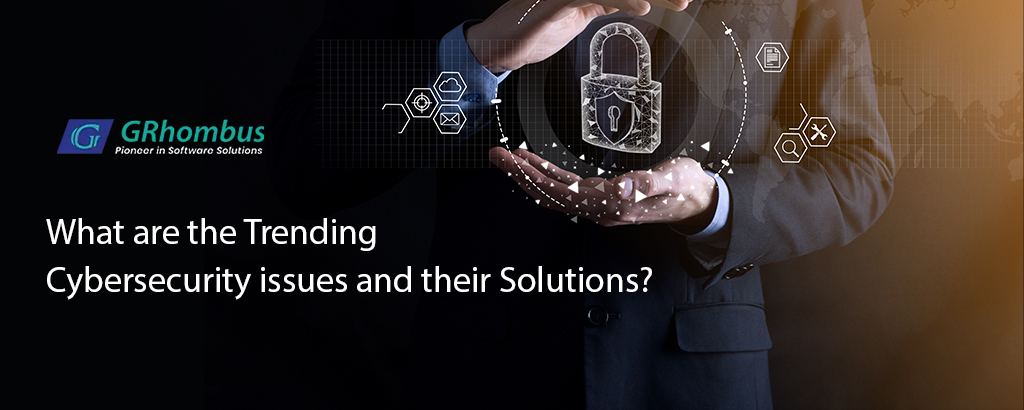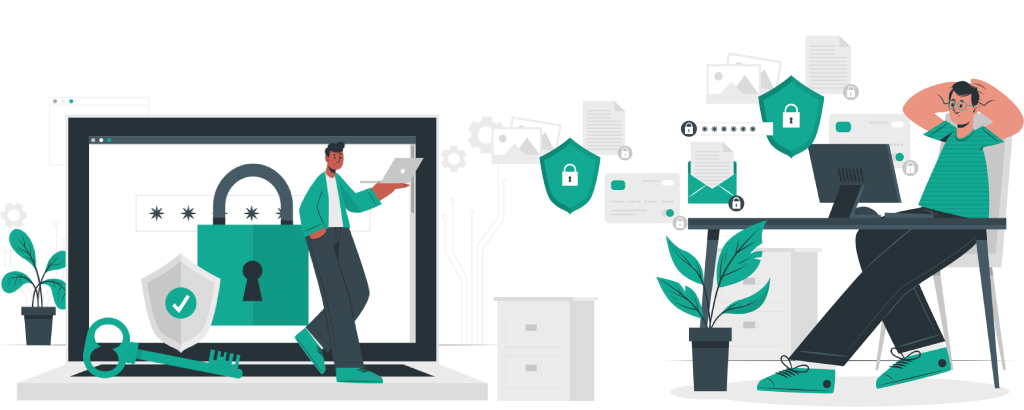In today’s fast-paced digital world, the importance of integrating security measures throughout the software development lifecycle (SDLC) cannot be overstated. This approach, known as continuous security, aims to embed security practices and checks from the initial stages of development through to deployment and maintenance. Continuous security is not merely a step in the process; it is a philosophy that, when implemented correctly, can significantly enhance the security posture of an application. This detailed blog post explores the concept of continuous security, its benefits, and how organizations can effectively integrate it into their SDLC.
The Essence of Continuous Security
Continuous security is a proactive and integral part of the SDLC that ensures security measures are not an afterthought but a fundamental component of the development process. It involves the constant application of security checks, threat assessments, and risk analyses, enabling the early detection and remediation of vulnerabilities. This approach aligns with the principles of DevSecOps, where development, security, and operations collaborate closely to build and maintain secure applications.
Why Continuous Security Matters
In the era of frequent cyberattacks and evolving threats, the traditional approach of applying security measures at the end stages of development is no longer sufficient. Continuous security matters because it:
- Reduces Vulnerabilities: By identifying and addressing security issues early in the development process, continuous security reduces the risk of vulnerabilities making it into production.
- Saves Costs: Fixing vulnerabilities in the later stages of development or after deployment is significantly more costly than addressing them early on.
- Enhances Compliance: Continuous security helps organizations comply with regulations and standards by ensuring that security controls are integrated throughout the development process.
- Improves Customer Trust: A commitment to security can enhance customer trust and confidence in an organization’s products and services.
Integrating Continuous Security into the SDLC
Integrating continuous security into the SDLC requires a shift in culture, processes, and tools. Here are key strategies for achieving this integration:
1. Cultural Shift
- Foster Collaboration: Encourage a culture where development, operations, and security teams work together seamlessly. Security should be everyone’s responsibility.
- Promote Security Awareness: Regular training and awareness programs can help team members understand their role in maintaining security.
2. Adopt Secure Design Principles
- Threat Modeling: Engage in threat modeling exercises during the design phase to identify potential security issues.
- Security Requirements: Define and integrate security requirements early in the development process.
3. Continuous Testing
- Static Application Security Testing (SAST): Implement SAST to analyze source code for vulnerabilities without executing it.
- Dynamic Application Security Testing (DAST): Use DAST tools to test the application in its running state, identifying runtime vulnerabilities.
- Interactive Application Security Testing (IAST): Combine static and dynamic methods for comprehensive testing.
- Dependency Scanning: Regularly scan dependencies for known vulnerabilities.
4. Automate Security Processes
- CI/CD Integration: Integrate security tools into Continuous Integration/Continuous Deployment (CI/CD) pipelines for automated testing and deployment.
- Security as Code: Define security policies as code, allowing for automated enforcement and consistency.
5. Continuous Monitoring and Response
- Real-time Monitoring: Implement real-time monitoring tools to detect and alert on security issues.
- Incident Response: Develop and regularly update an incident response plan to quickly address security breaches.
Conclusion
Integrating continuous security into the software development lifecycle is essential for developing secure applications in today’s threat landscape. By embedding security practices from the outset and ensuring they are maintained throughout the development process, organizations can protect themselves against vulnerabilities and cyber threats. Continuous security is not just a methodology; it’s a commitment to maintaining the highest standards of security in every aspect of development. As technologies evolve and cyber threats become more sophisticated, the importance of continuous security will only grow, making it a critical component of any successful software development strategy.
